I thought it was just for scanning at the checkout counter.
When buying groceries, we often focus on the brand and expiry date. However, when it comes to fruits and vegetables, we usually choose the ripe ones that look good. The reality is that fruits and vegetables also have labels, but many people don’t pay attention to the numbers on them because they don’t know their meaning.
Numbers on fruit stickers like 9
Fruit numbers have a greater significance than just indicating the price. They actually give us important details about the product. For instance, if you see a fruit sticker with a 9 at the beginning of a five-digit number, it means that the fruit was grown organically.
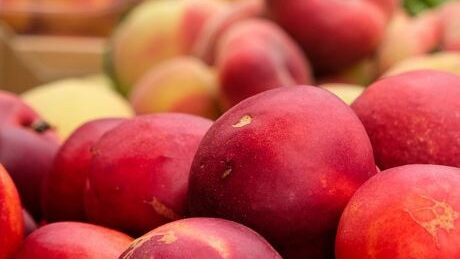
Number 8
Fruit labeled with a five-digit number starting with 8 indicates that the product has been genetically modified. GMO foods are a topic of debate due to concerns about potential allergies. Genetic modification is commonly utilized in agriculture to boost crop resistance to pests and diseases, enhance tolerance to herbicides, and elevate nutritional value.
Researchers are currently studying the potential long-term impacts of GMO fruits on humans. Some of the most well-known genetically modified fruits include papayas, apples, plums, strawberries, and grapes, among others.
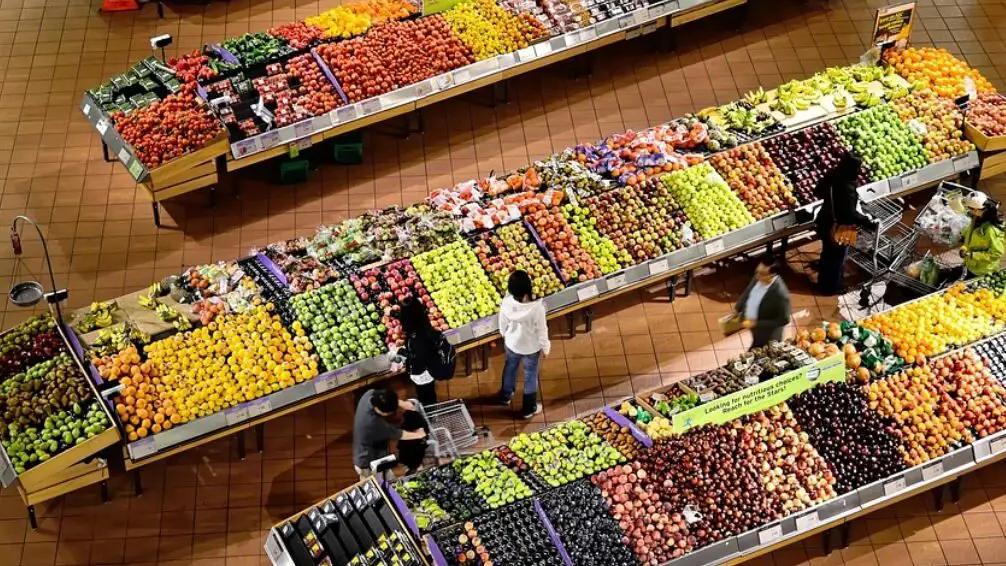
4-digit code
Food with a 4-digit code starting with 3 or 4 is not organic, but conventionally grown. Conventionally grown food is fertilized using synthetic fertilizers and pesticides, unlike organic produce which uses organic matter and natural methods to control weeds.
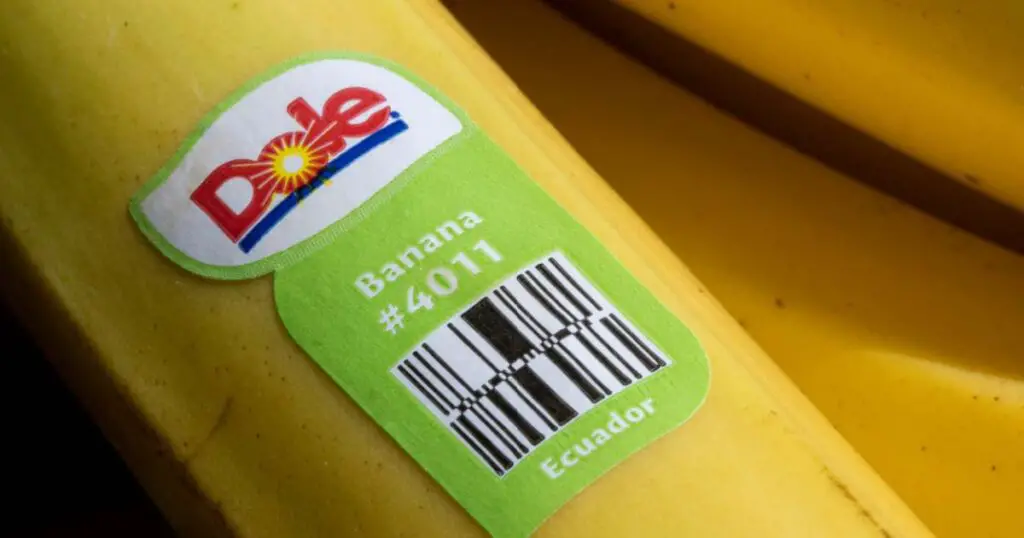
The discussion regarding the environmental effects and potential health issues in the future related to traditional methods of food production continues.
According to Dr. Tamika D. Sims, the senior director of food technology communications in Atlanta, Georgia, both organic and synthetic fertilizers have been regulated by the federal government.
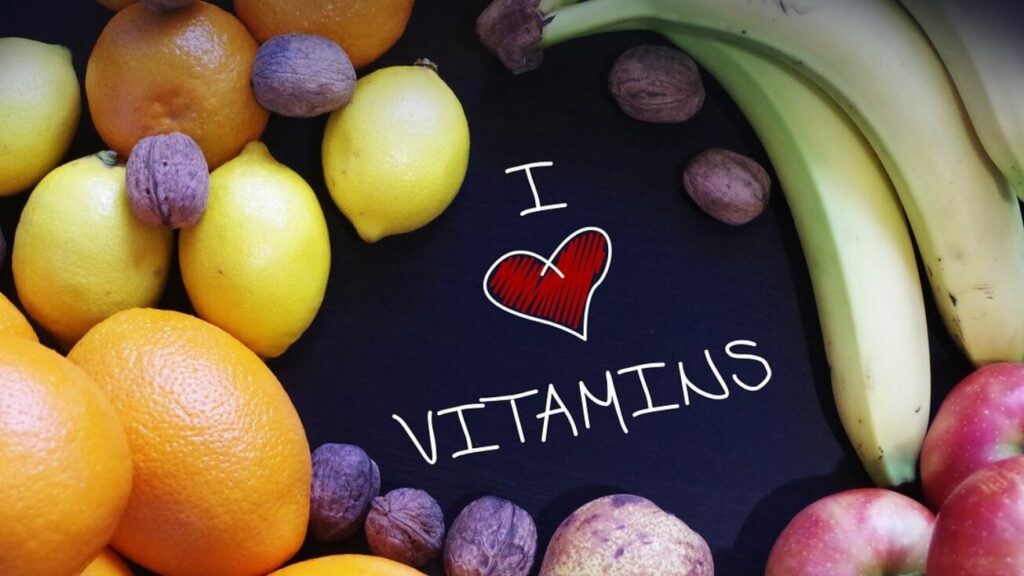
He believes that individuals should not stress over the quantities of fruits and vegetables they eat, but instead concentrate on achieving a diverse and balanced diet that includes all the necessary nutrients for optimal health.
The quantity of digits is important when choosing fruits and vegetables. A 4 or 5-digit number reveals details about the origin, cultivation method, size, and type of the produce. However, if the product has a sticker with more than five digits, it means it does not adhere to the globally recognized system.
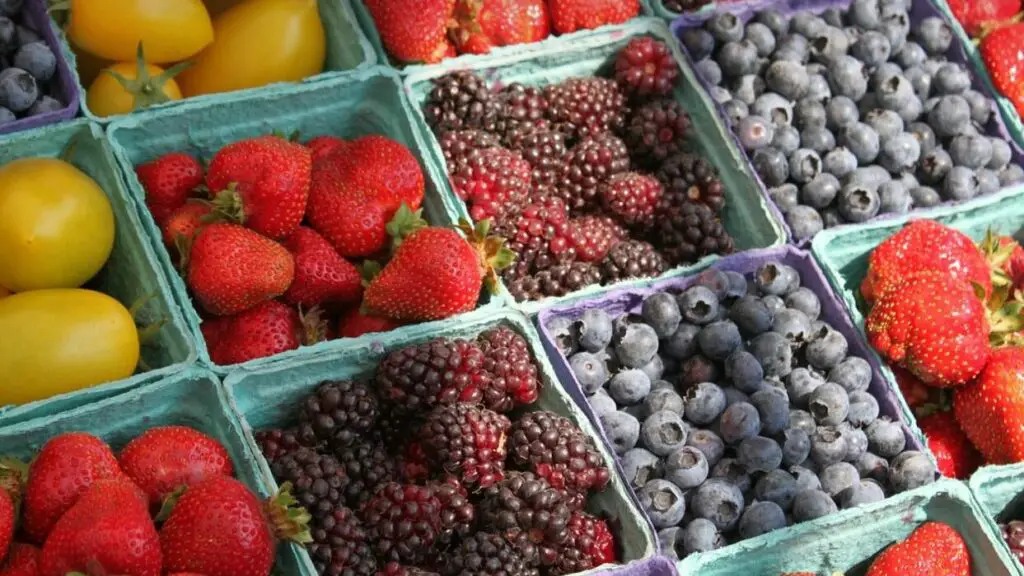
For most, going grocery shopping is a dull task they tend to complete as swiftly as possible.
It is important to be mindful of the food we eat for our well-being and fitness. The International Federation for Produce Standards focuses on enhancing supply chain efficiency by guaranteeing top-notch ingredients and setting global standards.

In the 1990s, a system was introduced where stickers with numerical codes were placed on fruits and vegetables to ensure quality. Over 1,400 codes have been issued by the IFPS. However, not all produce in stores have been checked by the IFPS or meet international standards as participation in the system is voluntary.
People who are conscious about the food they eat may find it helpful to understand the significance of the numbers on fruits and vegetables. This understanding can also make the self-checkout process faster by entering the PLU code instead of searching for the item by its name. The PLU code system is a great way to keep track of the tasty and healthy foods that are available globally.
Help spread the word by sharing this article with your loved ones and friends on Facebook.


